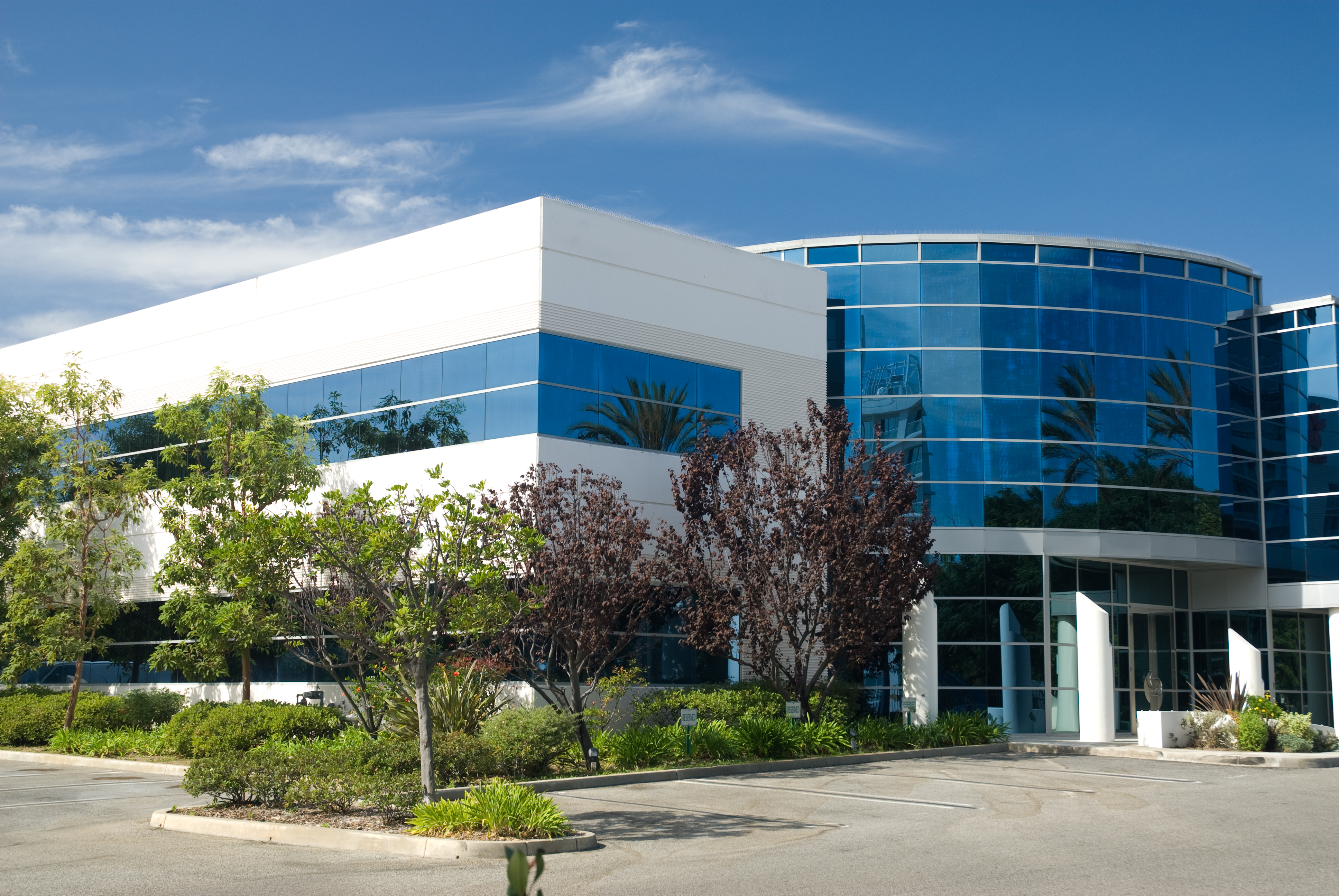The Suburban Work Campus: Changing the Way We Work?
The workforce has been undergoing enormous changes since the cloud and wireless technology took off. Mobile capabilities have given workers and employers much more freedom in how and where they can work. That has led to huge reductions in overhead costs to businesses and a happier, healthier workforce.
At the same time, this mobile workforce has been moving away from traditional suburban work campuses into walkable, city-based corporate offices. Recently, experts have noticed a budding trend where the suburban work campus is getting an overhaul in order to attract talent back.
A new corporate real estate model, influenced by the combined history of corporate campuses and leased office space, has emerged to better meet the needs of global corporations and their changing workforce. All of which begs the question; have we changed office needs or is office design changing the way that we work?
What’s So Special about the Suburbs?
Generally speaking, workers don’t actually have to work in an office and employers are realizing that they don’t necessarily need an office to get work done. Workforce culture among millennials and GenXers are creating this change.
Before now, most workers had no choice – if they wanted a job, they had to leave the house. Today, if you ask the majority of workers would they prefer to work from home or in an office the vast majority would say home.
Among the youngest workers (now the largest generation in the workforce), nearly 45% consider the ability to work from home a must. Most of those workers, if they do go to an office, go to a coffee shop or utilize co-working spaces in the city near their apartments and entertainment. So why are Microsoft and other businesses expanding their suburban work campuses?
For one thing, the urban renewal is forcing rent and lease rates in the city too high for large companies that employ thousands of people. In the suburbs, you get much more space for a lot less money – half of what it costs for offices in CBDs (Central Business Districts) now.
Usually suburban work campuses are located close to residential areas, practically eliminating commutes. There’s no fight for parking, housing costs are often much lower in the suburbs, and they are prettier; lots of greenery and places to put a park or walking trail for employees.
The New Way Suburban Work Campuses Work
Clearly the nature of work has changed causing workplace design to keep up. Companies located in the city that moved there around 2008 and 2009 were capitalizing on the need to save costs during the economic collapse. Homeowners losing their homes flocked to the cities for cheap apartments and companies looked to save money on overhead.
Coming out of the recession, the entire workforce had changed and the nature of work as well. Remote work took over and millennials and GenXers – no longer bound to a physical location for employment – began gravitating toward offices that were attractive and not just a place to house employees.
Now suburban work campuses are trying to imitate all that is good about city life in the suburbs. For example, creating work life centers where everything is in walking distance, including entertainment, shopping, recreation, and housing.
Microsoft’s planned remodel of its suburban Washington office on 500 acres is just one example of businesses hoping to improve existing public transportation infrastructure enough to make the suburbs attractive to workers again.


